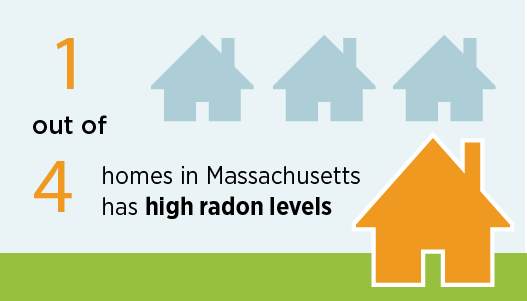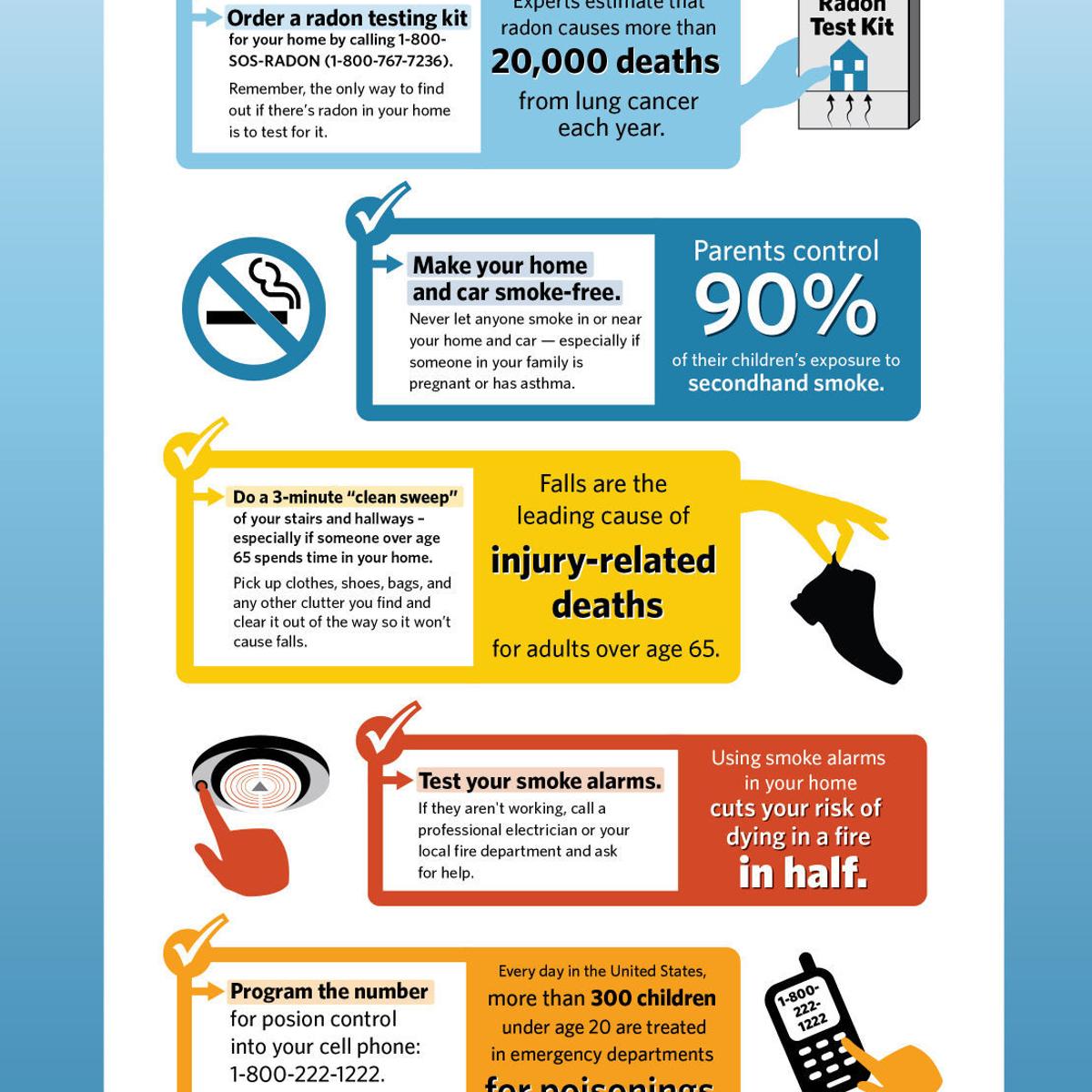Radon - NCHH - National Center for Healthy Housing

The Best Strategy To Use For FAQs: What Are Safe Radon Levels? - Radon Abatement

The Minnesota Department of Health (MDH) supplies info on radon and how to secure your family's health. MDH recommends that every Minnesota home be checked for radon. What is radon? Radon is a colorless and odor free gas that originates from the soil. The gas can accumulate in the air we breathe.
/https://www.thestar.com/content/dam/thestar/news/investigations/2021/05/02/the-invisible-threat-inside-your-home-dangerous-levels-of-radon-gas-are-being-found-in-more-houses-across-canada-than-ever-before/_01_radonhouse.jpg)
Healthy Homes: Radon – Sioux County Community Health Partners

The danger of radon gas in our homes - How to protect from radon gas infiltration - concept illustration with cross section of a building Stock Photo - Alamy
When breathed in these great particles can harm the lungs. Direct exposure to radon over an extended period of time can lead to lung cancer. It is approximated that 21,000 people pass away each year in the United States from lung cancer due to radon exposure. You Can Try This Source is the only method to know how much radon is in your house.
Where does radon come from? Radon is produced from the natural decay of uranium and radium, discovered in rocks and soil. Uranium breaks down to radium, and radium ultimately decays into the gas radon. Radon gas is in the soil and typical throughout Minnesota. Because soil is porous, radon moves up from the soil and into the house.
Lung Cancer Risks from Radon In Homes - RadonSeal Things To Know Before You Get This
Radon in Minnesota Radon is a severe public health concern in Minnesota. The average radon level in Minnesota is more than three times greater than the U.S. radon level. This is due to our geology and how our houses are run. Minnesota homes are closed up or heated the majority of the year, which can result in greater levels of radon.
Exists a safe level of radon? Any radon level poses some health threat. While it is not possible to minimize radon to zero, the very best method is to lower the radon level as much as possible. The Environmental Security Company (EPA) has actually set the action level at 4 p, Ci/L (picocuries of radon per liter of air).

New Infographic: How Does Radon Get into Homes? - News and Events for National Radon Defense
Radon and Lung Cancer Radon health dangers It is the primary cause of lung cancer for non-smokers and the 2nd leading reason for lung cancer in cigarette smokers. Your threat for lung cancer increases with higher levels of radon and longer durations of direct exposure. If you smoke, the combined danger of cigarette smoking and radon direct exposure is higher.
